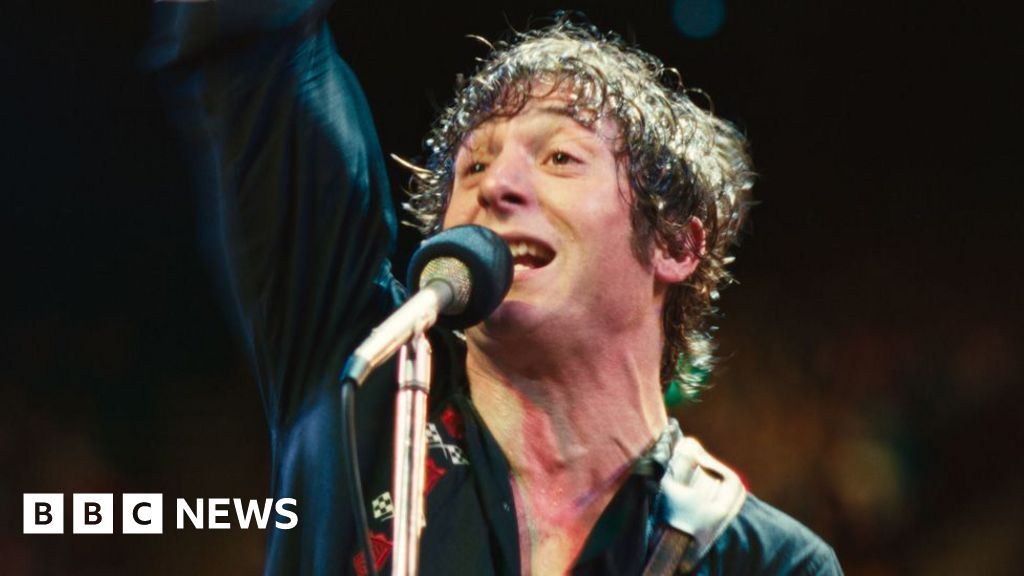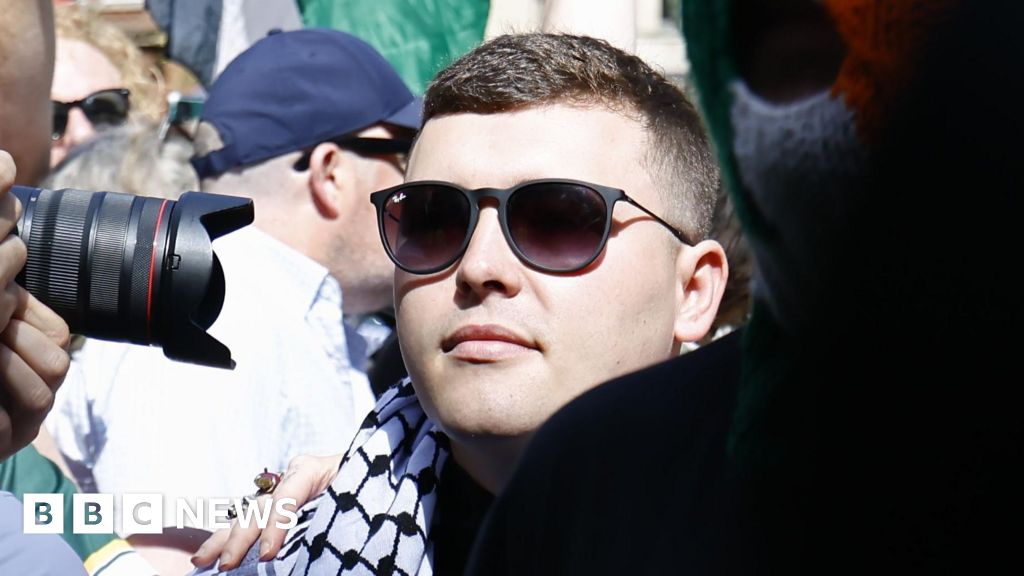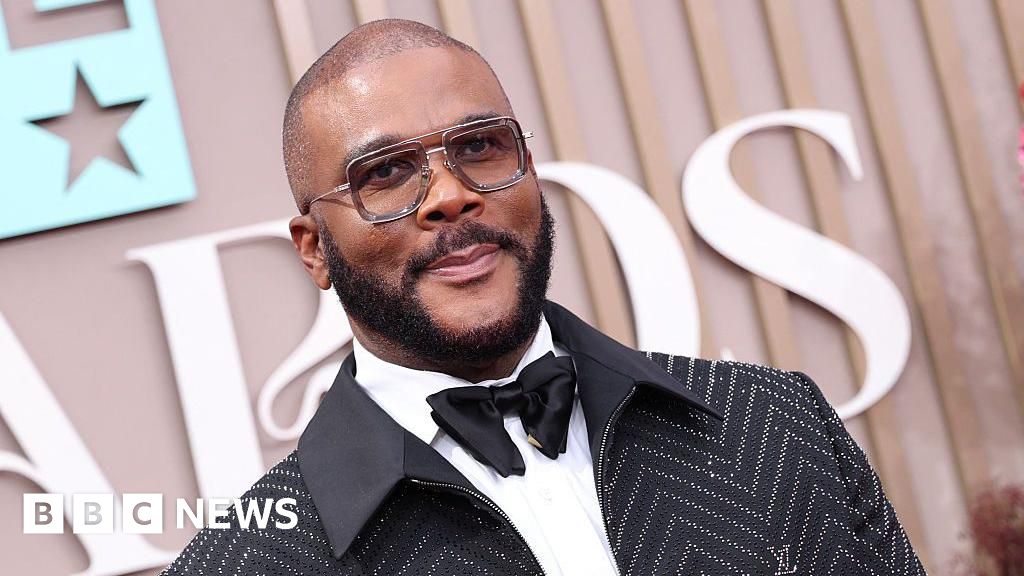ARTICLE AD BOX
The two-time Oscar winner discusses her 'The New Boy' co-star Aswan Reid with Martha Kearney
By Tiffanie Turnbull
BBC News, Sydney
It would take a remarkable child acting performance to rival Academy Award winner Cate Blanchett on screen.
But that's exactly what untried prodigy Aswan Reid has done in her latest movie, critics say.
Barely 11 years old when The New Boy was shot in the dusty South Australian outback in 2022, Reid's audition was the very first tape the film's creators looked at.
"He's absolutely magnetic. We were so lucky to find him," Blanchett tells the BBC's Today programme.
"[He's] a Kiwirrkurra boy from the border of the Northern Territory and Western Australia - who had not only never been off Country, he'd never been on a film set. But yet, he learnt more in two days about the film industry than I'd learnt in almost 30 years."
Variety calls Reid the film's "secret weapon" while The Guardian wrote that he "delivers Australian cinema's most impressive child performance for some time" - an assessment rubberstamped last month, when he took home the prize for Best Lead Actor at the Australian Academy of Cinema and Television Arts Awards.
Image source, Ben King
Image caption,Reid was a complete newcomer to acting
Reid plays the film's titular character - a nine-year-old Aboriginal orphan with mysterious supernatural powers, whose arrival at a remote monastery in the dead of night sends the place into turmoil.
The fable, which is out in UK cinemas from 15 March, is set in 1940s Australia and touches on one of the nation's darkest chapters.
From the mid-1800s until 1970, successive generations of Indigenous children - estimated to be in the tens of thousands - were forcibly removed from their families and cut off from their culture, under policies aimed at assimilation.
The film's backers say it "explores spirituality, culture and colonisation in a way we haven't seen on screen before".
For writer and director Warwick Thornton, who is also a giant of the nation's industry, it's a deeply personal story.
At the age of 11, the Kaytetye man was sent from his home in Alice Springs to a remote missionary-style school run by Benedictine monks in Western Australia.
Though Thornton is not himself a member of the Stolen Generations, he says the movie is about the "cost of survival", a theme which would resonate with "any Indigenous person through the last 250 years of colonisation".
"Your lore, your culture and everything has just been completely obliterated to extinction in a strange way," he said in the film's press notes.
"You have to adapt in this new world that is like a plague, like a virus that has completely taken over your life and shut down everything that you've believed in."
Image source, Getty Images
Image caption,Thornton on stage with Reid, as he accepts his AACTA prize
Blanchett - who plays a renegade nun - has said she's long wanted to work with Thornton and when she read the script, she was determined to have it for her production company Dirty Films.
They first began discussing the project during the pandemic, but it had been written by Thornton almost two decades earlier.
"It was so personal that he put it in his sock drawer, his proverbial sock drawer, and left it there."
But Blanchett too was drawn to the project for personal reasons.
Her father had died when she was just 10 years old, and - despite having no religious background - she found herself seeking comfort in the rituals and community of the Catholic Church.
"I was looking for some sense of understanding of what I had perceived as the disappearance of my father - which seemed some inverse miracle. How could he be there one day and gone the next?" she says.
"I was, I think in a very simplistic way, hoping that the hand of God would come down and tell me, you know, 'Your father's playing golf. You'll see him in a few years' time.' But of course, that didn't happen."
She initially had no idea about Thornton's childhood, but they soon bonded over their similar brushes with faith as youngsters.
"His work is often quite savage and brutal, but this is a very personal story about his own experience," Blanchett says.
"And so, we found this connection."
Originally about a monk and an Indigenous boy, it was Blanchett's husband and collaborator Andrew Upton who suggested putting a nun in charge of the monastery - a role usually reserved for men.
"We have a nun who's officiating mass and we have people who were all dislocated from their metaphysical country, and so I found it absolutely intriguing to go into the exploration of what it would mean to be a nun in those particular set of circumstances," Blanchett says.
Image source, Ben King
Image caption,Blanchett co-produced the film alongside her husband Andrew Upton (right)
Many of the film's themes are very much still live issues in Australia too.
Indigenous children continue to be removed from their families at record rates by child protective services.
And when the film was released there last year, the nation was in the grips of a referendum on the constitutional recognition of Aboriginal and Torres Strait Islander people, which was decisively rejected.
Critics of the defeated proposal argued the idea was divisive and would have created special "classes" of citizens.
But Blanchett describes it as a "missed opportunity" for the country to grapple with its complex past, and those policies that have contributed to the "eradication of Indigenous culture".
"So many positives could have come out of it," she says.
"I think it's to our detriment that we have not been able to really adhere to the deep-time, vibrant history that came before white settlement."

 1 year ago
35
1 year ago
35








 English (US) ·
English (US) ·